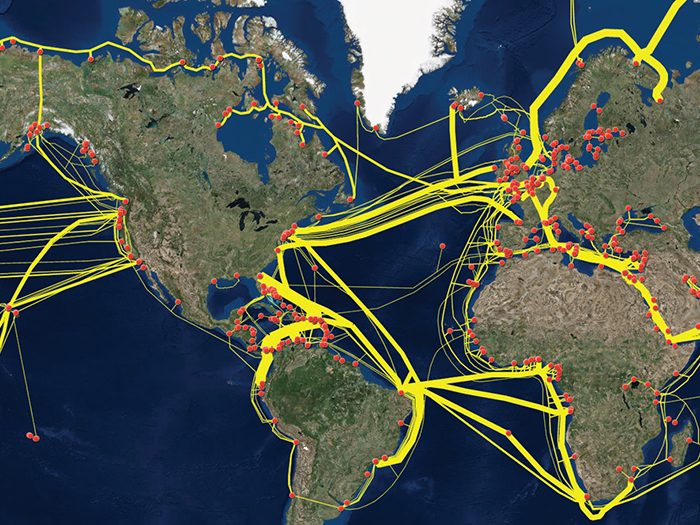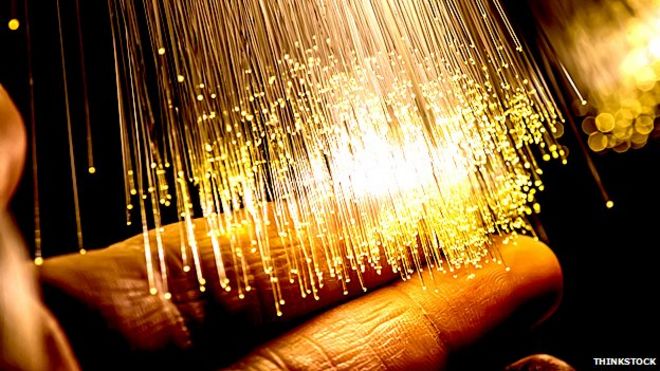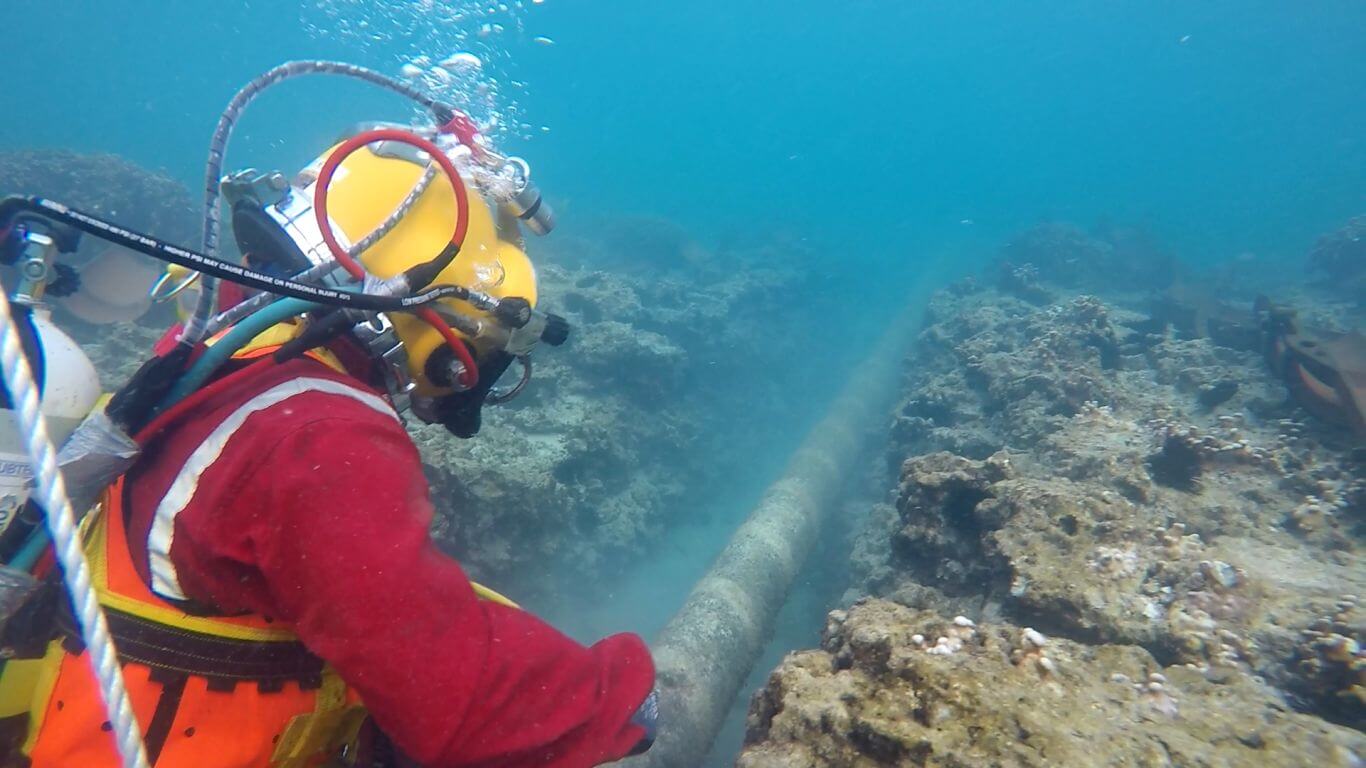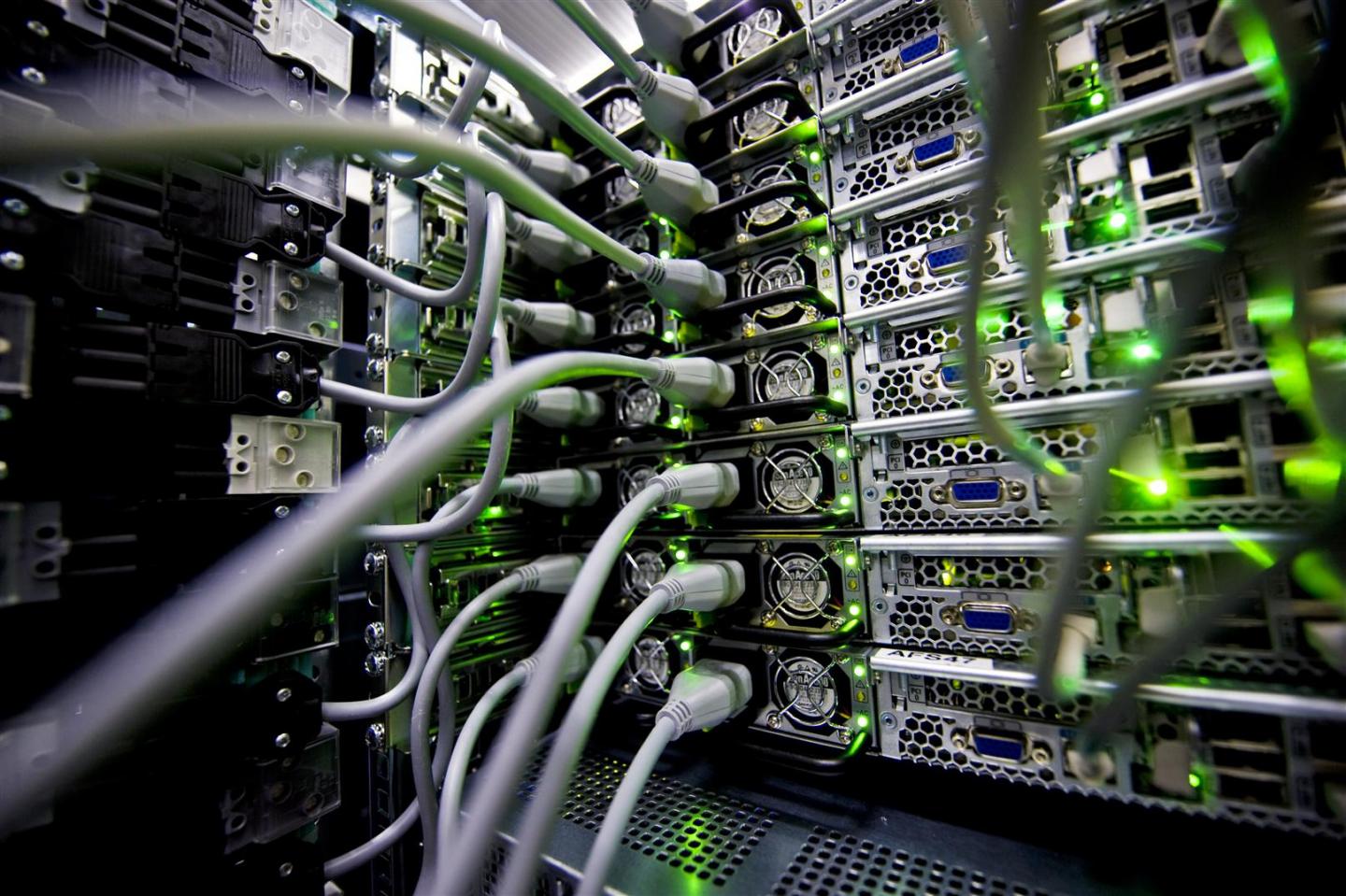
The internet consists of tiny bits of code that move around the world, traveling along wires as thin as a strand of hair strung across the ocean floor. The data zips from New York to Sydney, from Hong Kong to London, in the time it takes you to read this word.
Nearly 750,000 miles of cable already connect the continents to support our insatiable demand for communication and entertainment. Companies have typically pooled their resources to collaborate on undersea cable projects, like a freeway for them all to share.

While new wireless and satellite technologies have been invented in the decades since, cables remain the fastest, most efficient and least expensive way to send information across the ocean.

And it is still far from cheap: Google would not disclose the cost of its project to Chile, but experts say subsea projects cost up to $350 million, depending on the length of the cable.
In the modern era, telecommunications companies laid most of the cable, but over the past decade American tech giants started taking more control. Google has backed at least 14 cables globally.

Amazon, Facebook and Microsoft have invested in others, connecting data centers in North America, South America, Asia, Europe and Africa, according to TeleGeography, a research firm.
Countries view the undersea cables as critical infrastructure and the projects have been flash points in geopolitical disputes.

Last year, Australia stepped in to block the Chinese technology giant Huawei from building a cable connecting Australia to the Solomon Islands, for fear it would give the Chinese government an entry point into its networks.
But now Google is going its own way, in a first-of-its-kind project connecting the United States to Chile, home to the company’s largest data centre in Latin America.

“People think that data is in the cloud, but it’s not,” said Jayne Stowell, who oversees construction of Google’s undersea cable projects. “It’s in the ocean.”
Getting it there is an exacting and time-intensive process. A 456-foot ship named Durable will eventually deliver the cable to sea. But first, the cable is assembled inside a sprawling factory a few hundred yards away, in Newington, N.H. The factory, owned by the company SubCom, is filled with specialised machinery used to maintain tension in the wire and encase it in protective skin.

The cables begin as a cluster of strands of tiny threads of glass fibres. Lasers propel data down the threads at nearly the speed of light, using fibre-optic technology. After reaching land and connecting with an existing network, the data needed to read an email or open a web page makes its way onto a person’s device.

A year of planning goes into charting a cable route that avoids underwater hazards, but the cables still have to withstand heavy currents, rock slides, earthquakes and interference from fishing trawlers. Each cable is expected to last up to 25 years.
A conveyor that staff members call “the Cable Highway” moves the cable directly into Durable, docked in the Piscataqua River. The ship will carry over 4,000 miles of cable weighing about 3,500 metric tons when fully loaded.

Inside the ship, workers spool the cable into cavernous tanks. One person walks the cable swiftly in a circle, as if laying out a massive garden hose, while others lie down to hold it in place to ensure it doesn’t snag or knot. Even with teams working around the clock, it takes about four weeks before the ship is loaded up with enough cable to hit the open sea.
The first trans-Atlantic cable was completed in 1858 to connect the United States and Britain. Queen Victoria commemorated the occasion with a message to President James Buchanan that took 16 hours to transmit.

While new wireless and satellite technologies have been invented in the decades since, cables remain the fastest, most efficient and least expensive way to send information across the ocean.
And it is still far from cheap: Google would not disclose the cost of its project to Chile, but experts say subsea projects cost up to $350 million, depending on the length of the cable.

In the modern era, telecommunications companies laid most of the cable, but over the past decade American tech giants started taking more control. Google has backed at least 14 cables globally.
Amazon, Facebook and Microsoft have invested in others, connecting data centers in North America, South America, Asia, Europe and Africa, according to TeleGeography, a research firm.

Countries view the undersea cables as critical infrastructure and the projects have been flash points in geopolitical disputes.
Last year, Australia stepped in to block the Chinese technology giant Huawei from building a cable connecting Australia to the Solomon Islands, for fear it would give the Chinese government an entry point into its networks.
